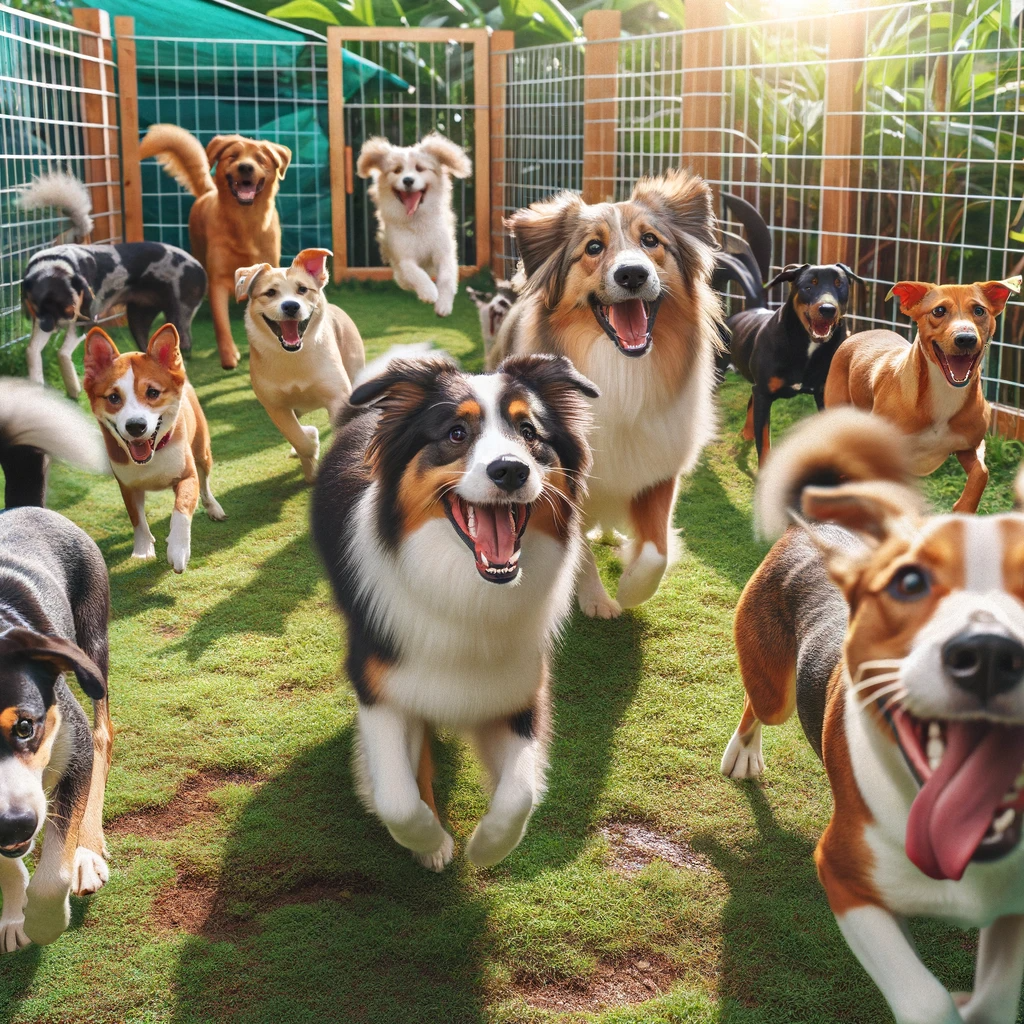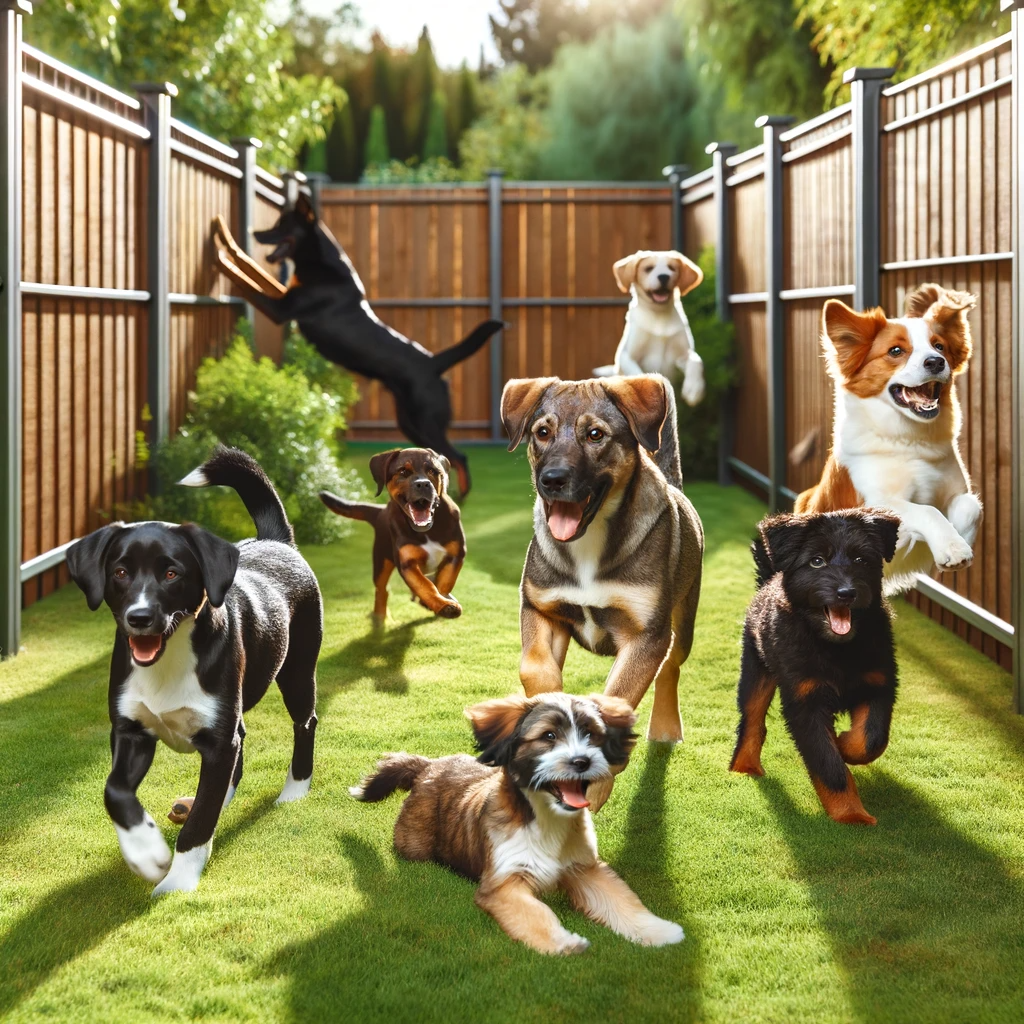Do’s and Don’ts for Dog Fences: Ensure Safety and Comfort for Your Furry Friend
As a responsible dog owner, ensuring the safety and comfort of your pet is a top priority. A well-designed dog fence is an essential tool that keeps your dog safe, prevents unwanted escapes, and provides them with the freedom to roam within a designated area. However, choosing the right dog fence and installing it correctly involves careful consideration. In this article, we’ll explore the key do’s and don’ts to help you make the best decisions for your furry friend.
The Do’s of Dog Fences
1. Do Choose the Right Type of Fence for Your Dog
Selecting the appropriate type of fence is crucial. Different dogs have different needs based on their size, breed, and temperament. Here are some options to consider:
- Physical Fences: These include wooden, metal, or vinyl fences. They are sturdy and provide a clear boundary, which is great for larger or more active dogs that might try to escape.
- Invisible Fences: These are electronic systems that use a buried wire and a collar to keep your dog within a specific area. They are less visually obtrusive and can cover large areas, making them ideal for open spaces.
When choosing a fence, consider your dog’s size and behavior. For instance, a small dog might be comfortable with a shorter fence, while a larger, more energetic dog may require a taller and more robust structure.
2. Do Ensure the Fence Height is Adequate
One common mistake dog owners make is underestimating their dog’s jumping ability. Ensure that the fence is tall enough to prevent your dog from jumping over it. Generally, a fence should be at least 6 feet tall for medium to large breeds, while 4 feet may suffice for smaller dogs.
3. Do Install the Fence Properly
Proper installation is key to ensuring your fence is effective. If you’re installing a physical fence, make sure it’s securely anchored in the ground. For invisible fences, the wiring should be correctly buried and the transmitter properly installed. If you’re unsure about installation, it’s wise to hire a professional to avoid any potential issues.
4. Do Consider the Material of the Fence
The material of your fence matters, especially in terms of durability and maintenance. Wooden fences are attractive but may require regular maintenance. Metal fences, such as chain-link, are durable but can rust over time. Vinyl fences are low-maintenance and weather-resistant, making them a popular choice for many dog owners.
5. Do Regularly Inspect the Fence
Regular inspections are essential to ensure that your fence remains secure. Look for any signs of wear and tear, such as loose boards, gaps, or damaged wiring. Fixing these issues promptly will prevent your dog from escaping and keep them safe.
The Don’ts of Dog Fences
1. Don’t Rely Solely on the Fence for Supervision
A fence is a valuable tool for keeping your dog safe, but it should not replace proper supervision. Always keep an eye on your dog when they’re outside, especially if you’re using an invisible fence, as there is always a chance of malfunction or your dog becoming desensitized to the boundary.
2. Don’t Neglect Training Your Dog
Even with the best fence, it’s important to train your dog to respect boundaries. For invisible fences, this training is especially crucial. Dogs need to learn that crossing the boundary is not allowed. This usually involves positive reinforcement, where the dog is rewarded for staying within the designated area.
3. Don’t Overlook Your Dog’s Ability to Dig
Many dogs love to dig, which can be problematic if they start digging under the fence. To prevent this, you can install a barrier underground, such as chicken wire, along the perimeter of the fence. This will make it difficult for your dog to dig their way out.
4. Don’t Choose the Cheapest Option Without Research
While it might be tempting to go for the cheapest fence option available, this can be a costly mistake in the long run. Cheaper materials might not be durable, leading to frequent repairs or even replacement. Invest in a quality fence that will provide long-term safety and security for your dog.
5. Don’t Ignore Local Regulations and HOA Rules
Before installing a fence, check with your local authorities or homeowner’s association (HOA) to ensure you comply with regulations. Some areas have specific rules about the height, material, and placement of fences. Failing to adhere to these rules can lead to fines or the need to remove the fence.
Selecting the Right Dog Fence: Our Top Recommendations
If you’re in the market for a new dog fence, here are some top-rated options to consider:
- [Brand A’s Sturdy Wooden Fence]: Ideal for medium to large breeds, this wooden fence offers a blend of durability and aesthetic appeal.
- [Brand B’s Invisible Fence System]: Perfect for large open yards, this invisible fence is easy to install and provides a reliable boundary for your dog.
- [Brand C’s Vinyl Fence]: Low-maintenance and weather-resistant, this vinyl fence is great for all dog sizes and provides a secure enclosure.
Investing in a high-quality dog fence is a decision that pays off in peace of mind, knowing your dog is safe and secure in your yard.
Common Mistakes to Avoid When Installing a Dog Fence
1. Incorrect Placement
The placement of your fence is critical. Make sure it encloses a sufficient area for your dog to move around and doesn’t cut off access to important parts of your yard. Avoid placing the fence too close to your house or other structures, as this can create escape routes or areas where your dog might feel trapped.
2. Not Accounting for Your Dog’s Size and Behavior
As mentioned earlier, your dog’s size and behavior should influence your fence choice. If you have a large, strong dog, a simple chain-link fence might not suffice. Similarly, a smaller, more agile dog might find ways to squeeze through gaps or under poorly installed fences.
3. Ignoring the Aesthetic Aspect
While functionality is key, don’t forget that your fence will be a prominent feature in your yard. Choose a fence that complements your home’s exterior and landscaping. A well-chosen fence not only keeps your dog safe but also enhances your property’s curb appeal.
The Benefits of Hiring a Professional for Fence Installation
While DIY installation might save money upfront, hiring a professional ensures the job is done right. Professionals can assess your yard, recommend the best type of fence for your dog, and install it correctly, saving you time and potential headaches down the road.
Some benefits of professional installation include:
- Expertise: Professionals have the experience and tools necessary to install a fence that’s both secure and aesthetically pleasing.
- Time-Saving: What might take you a weekend or longer can be completed in a day by a professional team.
- Peace of Mind: Knowing that your fence is installed correctly gives you peace of mind that your dog is safe and secure.
Final Thoughts
Choosing and installing the right dog fence is an important decision that can greatly impact your dog’s safety and well-being. By following the do’s and don’ts outlined in this article, you can ensure that your dog has a secure, comfortable space to enjoy the outdoors.
Ready to invest in a dog fence that meets all your needs? Explore our top-rated options or contact us for a consultation. We’re here to help you make the best choice for your furry friend.





